A rideshare accident lawyer is someone we hope you will never need, but we understand why we’re needed. When Transportation Network Service drivers like those for Uber and Lyft that offer ridesharing services are involved in a collision there are usually three or more entities involved in the claim which amounts to a lot of phone calls and hair-pulling levels of frustration. If there is an injury as a result of a vehicle collision with a rideshare driver as a passenger, driver, pedestrian, or bicyclist, then the stakes are even higher due to medical costs and lost wages during recovery. A catastrophic injury or loss of life from a rideshare accident is the worst-case scenario for someone to have to face and no one should face this alone. And with the increase in rideshare use, injuries and fatalities are an unfortunate reality.
There’s no doubt rideshare services are rapidly increasing in popularity. The California Mid-State Fair is held near our office in Paso Robles (we can even hear the concerts from our office!) and in recent years the site relocated the free shuttle services to make room for rideshare pick-ups and drop-offs directly in front of the venue. Local residents who charge patrons to park in their yard even dropped prices this year, too. The convenience of ridesharing is undeniable. But at what cost?
The San Francisco County Transportation Authority commissioned their own study looking at VMT (vehicle miles traveled) and found that Uber and Lyft are the ‘biggest contributors’ to San Francisco’s traffic congestion. Uber and Lyft came forward with their own study this month from a transportation consultancy review of six cities, including San Francisco, and again found that there is a statistically significant increase in traffic congestion brought on from these rideshare services – as much as 13.4% in San Francisco County, with a noticeable increase closer to the city’s core. The data has been increasing as rideshare and transportation network service use increases.
Traffic congestion is certainly a nuisance, but what does this mean for traffic fatalities in San Francisco and California as a whole? California has been one of the states with the highest traffic fatality rates for many years. The National Highway Traffic Safety Administration (NHTSA) publishes statistics on traffic accidents with fatalities including pedestrian and bicyclist fatalities from vehicle collisions (see our chart below).
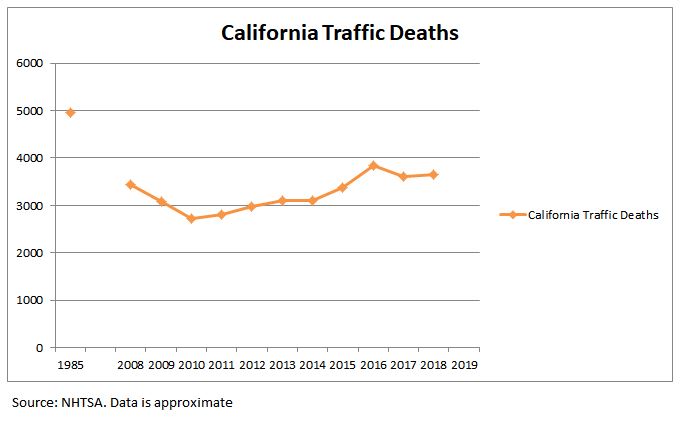
If we were to compare California’s traffic fatality rate in 1985 (4,960) to California in 2017 (3,602), you can see that the rate of traffic accident fatalities is down overall, but looking at more recent years (since 2014), the traffic collision death rate is going back up. Now, keep in mind that California is currently the state with the second most pedestrian and bicyclist fatalities involving traffic collisions (Florida is first), which means many of these victims are pedestrians or people riding a bicycle, something San Francisco is working very hard to end with the Vision Zero initiative.
If you’re wondering how rideshare accidents have anything to do with traffic fatalities in San Francisco, you may want to read this recent study from the University of Chicago and Rice University, “The Cost of Convenience: Ridehailing and Traffic Fatalities,” which found a correlation to the increase in fatal car crashes and the launching of Uber and Lyft in the cities they examined. They found an increase of about 3% in the number of traffic fatalities for both vehicle occupants and pedestrians/bicyclists which has been the complete opposite of what many people expected. The idea behind transportation network services was to assist in convenience and provide an alternative for people who are or will likely be impaired and unable to drive themselves; which is a great idea on the surface as there were nearly 11,000 people killed by impaired drivers in 2017 and more than 1,000 of these people were pedestrians.
But this study and others like it have been hindered by the transportation network service providers in finding the total number of accidents and fatalities directly caused by or involving a rideshare driver. Uber, as an example, requires injured parties who seek lawful compensation for their injuries to sign a confidentiality clause as a condition of settlement. These confidentiality clauses are often referred to as ‘gag orders’ because they suppress the information and effectively keep the statistics of injuries and/or fatalities caused by drivers within their network from public scrutiny and reports. This makes it nearly impossible to provide hard data demonstrating that traffic fatalities are rising in California from the use of rideshare services. The associated increase of 3% in traffic-related fatalities due to ridesharing accidents may be an understatement.

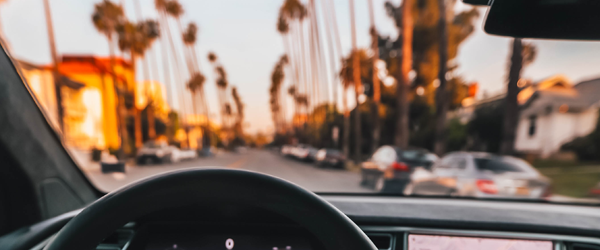

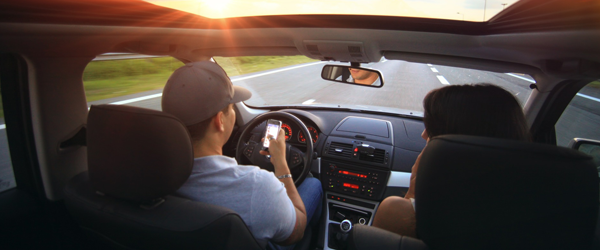
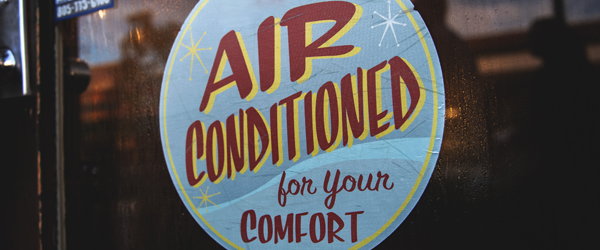




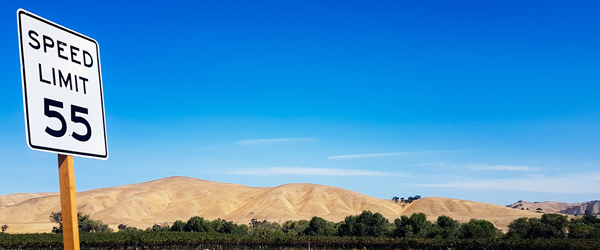
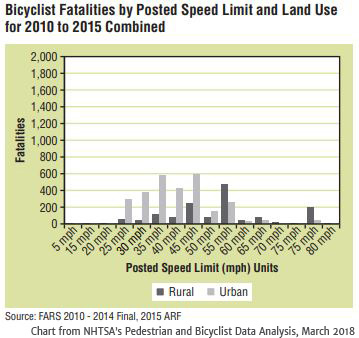
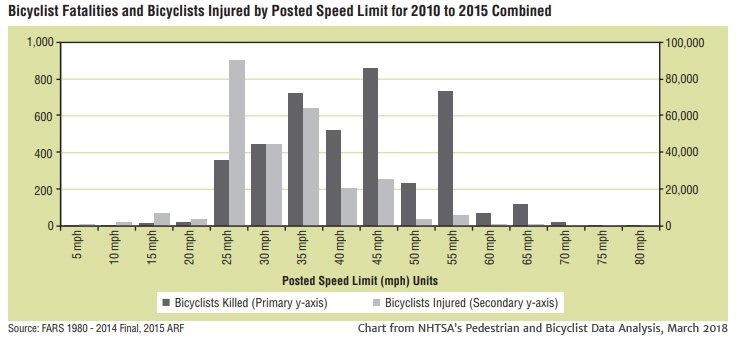
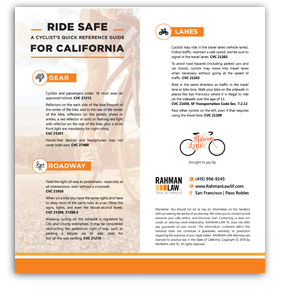
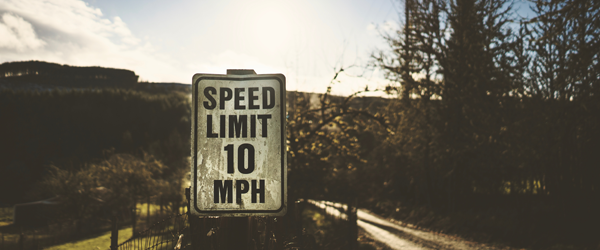
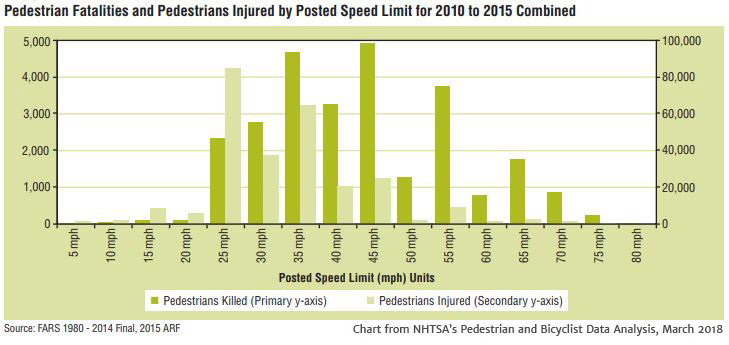

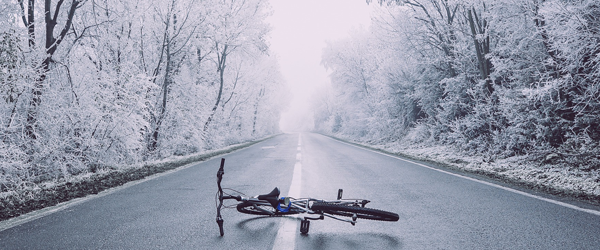 As
As 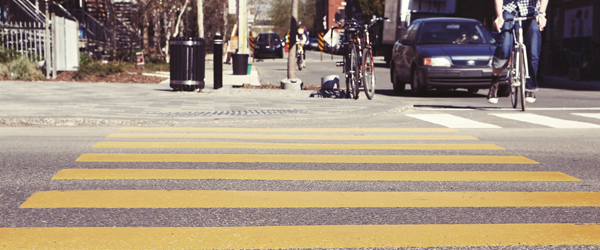 WalkFirst is part of the Vision Zero program targeting ways to reengineer the City of San Francisco to reduce personal injuries to pedestrians from vehicle collisions. 170 locations have been identified as the highest priorities and they are being corrected over the next five years. As personal injury attorneys in San Francisco, we’ve been following along with these plans excitedly. WalkFirst is focusing on Engineering, Enforcement, and Education to reduce the number of fatalities and personal injuries to pedestrians and we think it’s great!
WalkFirst is part of the Vision Zero program targeting ways to reengineer the City of San Francisco to reduce personal injuries to pedestrians from vehicle collisions. 170 locations have been identified as the highest priorities and they are being corrected over the next five years. As personal injury attorneys in San Francisco, we’ve been following along with these plans excitedly. WalkFirst is focusing on Engineering, Enforcement, and Education to reduce the number of fatalities and personal injuries to pedestrians and we think it’s great!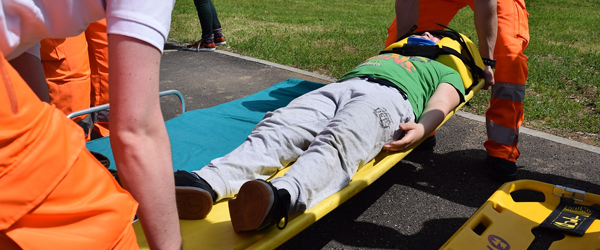 Not everyone feels comfortable picking up the phone and calling a personal injury attorney. We’re not sure why – we’re really great people to have in your corner! We care about our clients and have a personal relationship with each one. We even spend time on the phone answering questions from people who are not our clients because we are passionate about advocating for our community. (Learn more about
Not everyone feels comfortable picking up the phone and calling a personal injury attorney. We’re not sure why – we’re really great people to have in your corner! We care about our clients and have a personal relationship with each one. We even spend time on the phone answering questions from people who are not our clients because we are passionate about advocating for our community. (Learn more about 
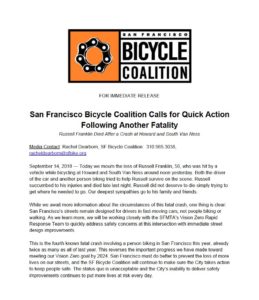
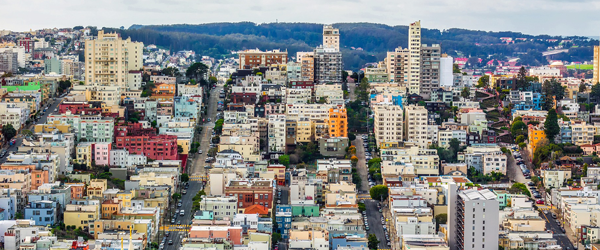 School is back in session and just like you, your child is a commuter. You may drive your child to school and give them a quick tuck-and-roll drop-off, or they may ride the bus, but some still pedal their way among the throngs of cars, pedestrians, and other cyclists. Or, you may have children who only cycle at home afterschool and on weekends. In either case, we wanted to share with you 5 rules every parent should know when letting their child ride their bike in San Francisco. Children under 14 accounted for 37% of all fatal bicycle accidents in 2015 and San Francisco is still in the top 13 cities in the entire United States for bicycle fatalities with motor vehicle collisions. It is important for parents to be vigilant.
School is back in session and just like you, your child is a commuter. You may drive your child to school and give them a quick tuck-and-roll drop-off, or they may ride the bus, but some still pedal their way among the throngs of cars, pedestrians, and other cyclists. Or, you may have children who only cycle at home afterschool and on weekends. In either case, we wanted to share with you 5 rules every parent should know when letting their child ride their bike in San Francisco. Children under 14 accounted for 37% of all fatal bicycle accidents in 2015 and San Francisco is still in the top 13 cities in the entire United States for bicycle fatalities with motor vehicle collisions. It is important for parents to be vigilant.